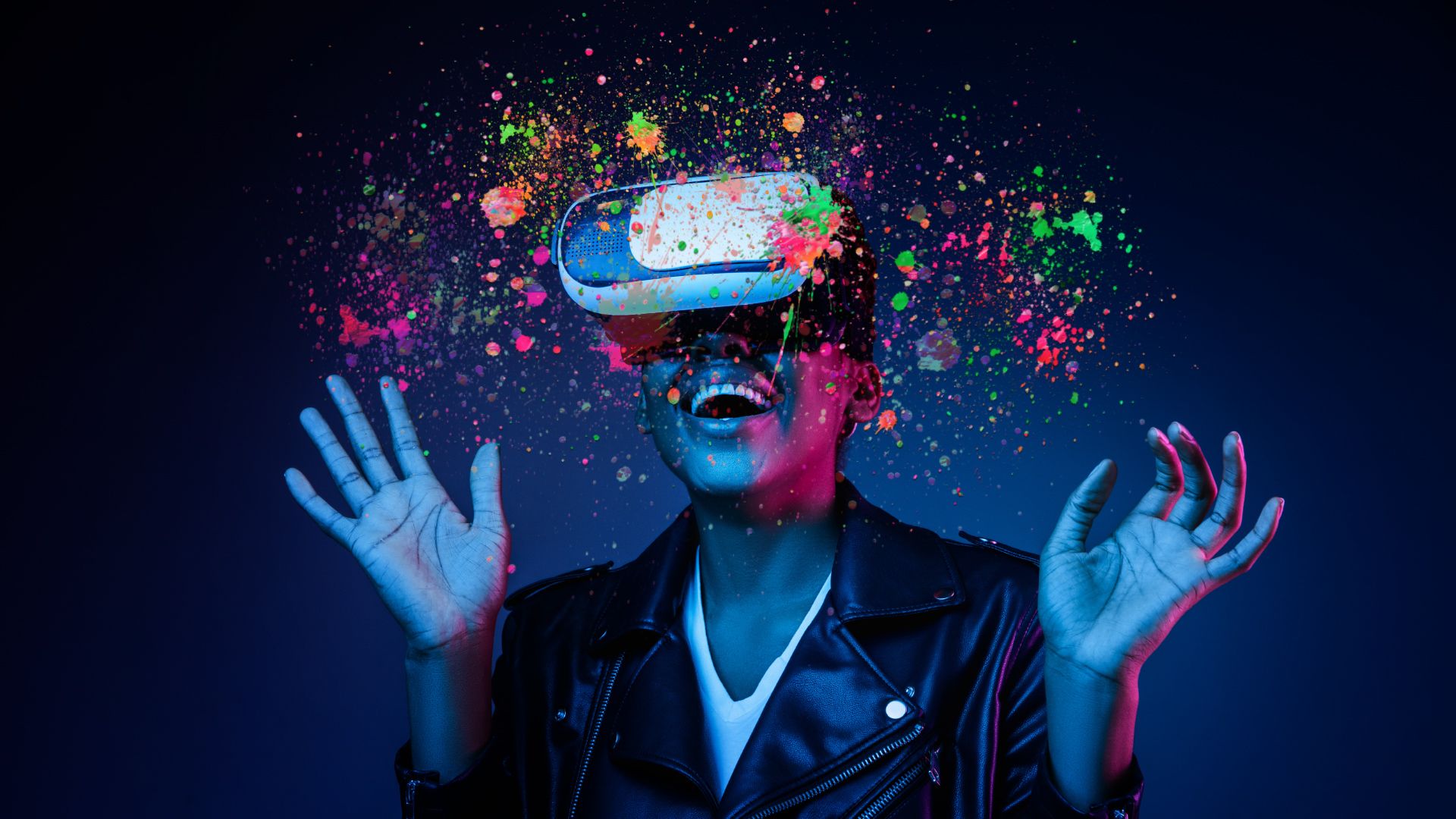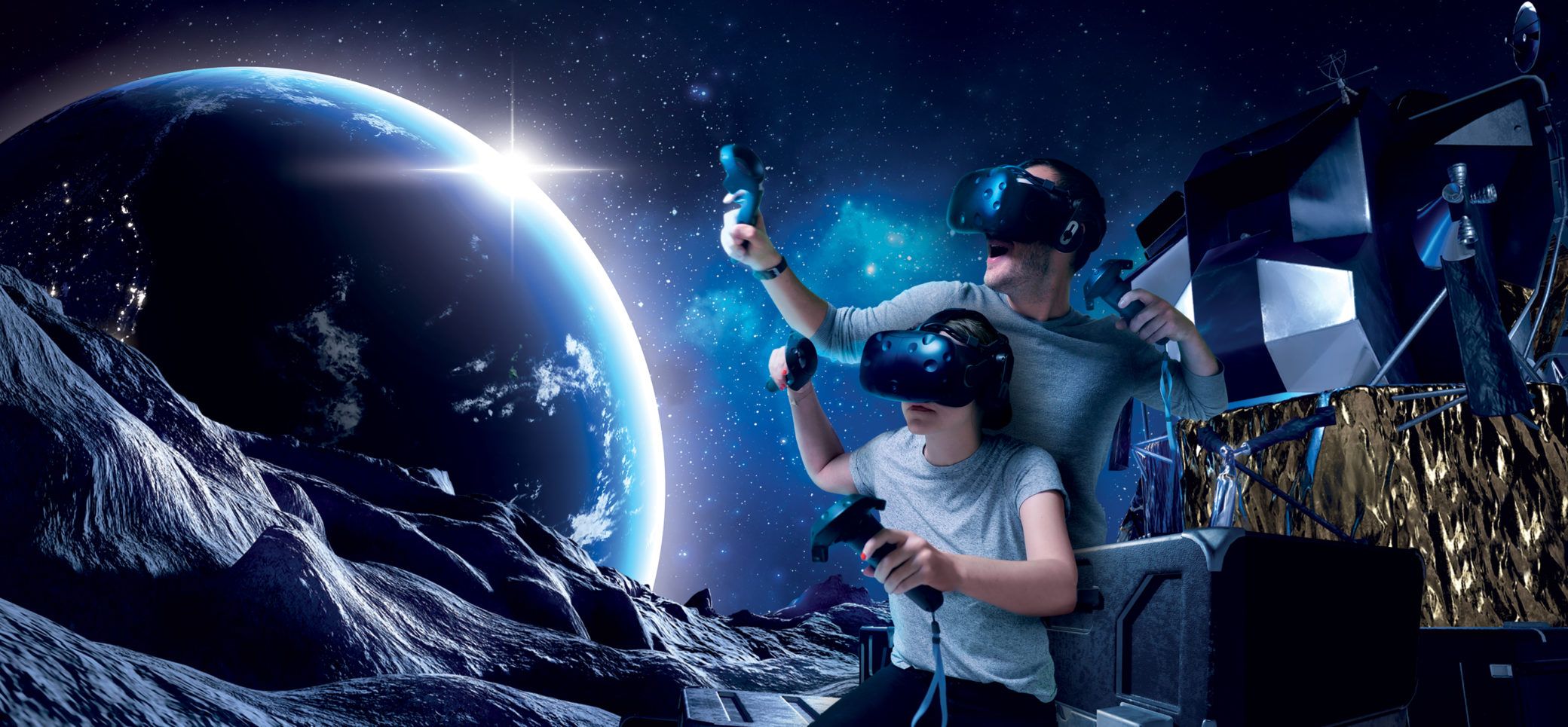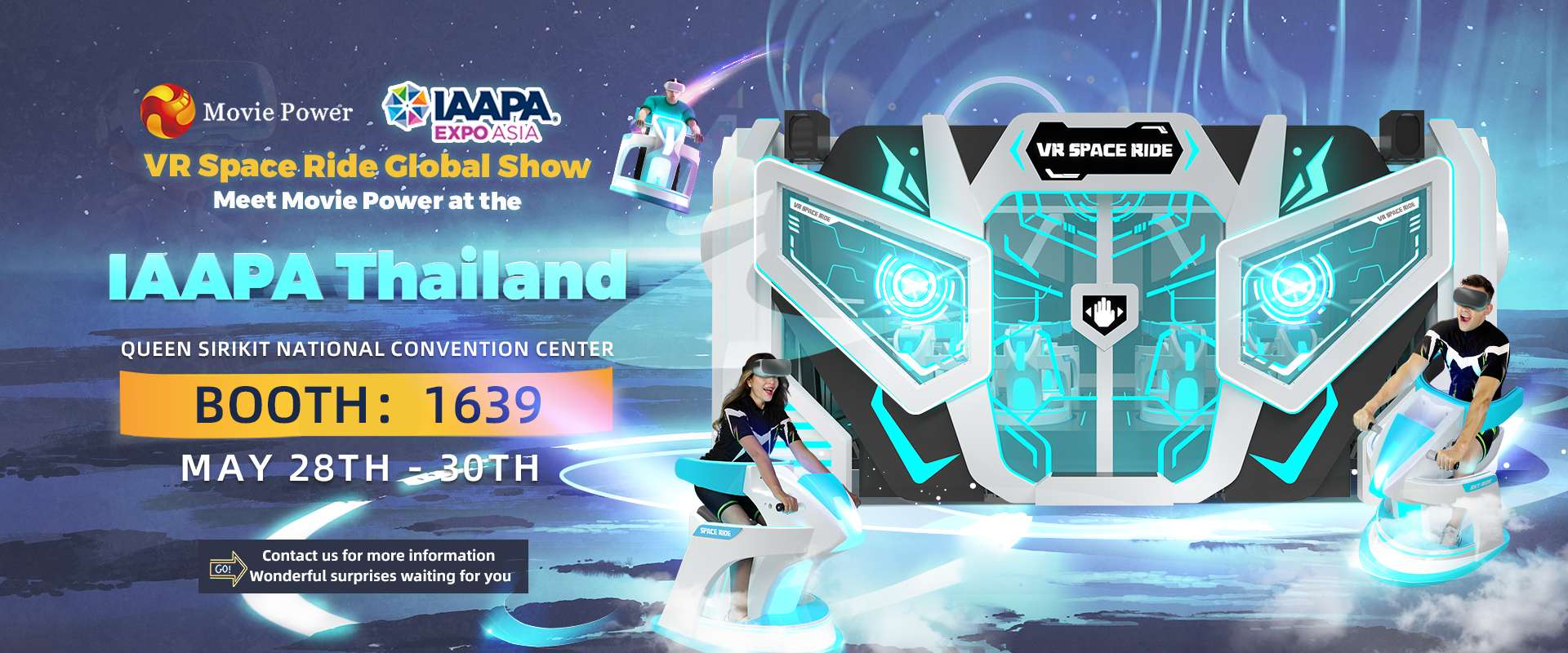In today’s rapidly evolving world of cinema, technological advancements have enabled us to create immersive experiences that transcend traditional movie-watching. From 3D to 9D and XD cinema, each technology offers a unique blend of visual and sensory effects to transport audiences into the world of the movie. Understanding the differences between these cinema technologies is essential for both movie enthusiasts and industry professionals alike.
In this blog post, we will delve into the various dimensions of cinema and explore how each technology enhances the movie-watching experience. Join us as we unravel the mysteries behind the fascinating world of 3D, 4D, 5D, 6D, 7D, 8D, 9D, and XD cinema.
Differences between 3D to 9D and XD cinema
| 3D Cinema | three-dimensional view of the video |
| 4D Cinema | 3D movies Motion seats Environmental effects(wind, water sprays, fog etc.) |
| 5D Cinema | 3D movies Motion seats Environmental effects(wind, water sprays, fog, light, bubble, smells, temperature change etc.) |
| 6D & 7D Cinema | 3D movies Interactive involvement such as shooting games Motion seats: leg ticklers, back pokers, or even water sprays Virtual reality experiences and simulator rides with environmental effects |
| 8D & 9D Cinema | 3D movies Interactive involvement 360-degree rotating seats Virtual reality experiences and simulator rides with environmental effects |
| XD Cinema | Cutting-edge projection systems(IMAX or Dolby Vision) Immersive sound systems(Dolby Atmos or DTS:X) Specially designed auditoriums(larger screens, comfortable seat, and optimized viewing angle) |
3D Cinema
3D cinema provides a three-dimensional view of the video, creating an illusion of depth. This includes height, width, and depth, which makes the object on screen appear closer or farther away.
4D & 5D Cinema
4D cinema includes the 3D visuals plus physical effects in real time such as moving seats, wind, water sprays, fog etc. to add to the viewing experience.
5D cinema takes it a step further by incorporating elements that directly interact with the audience like temperature changes, unique light effects, bubbles, smells, etc.
6D to 9D Cinema
From 6D to 9D technology, it gets a bit more complex. These technologies are often utilized in virtual reality experiences and simulator rides, rather than standard cinemas. They incorporate a wider range of physical features and sensations (such as vertigo, touch, weightlessness) that are synchronized with what is viewed on screen. They also might use more advanced VR headsets that track head and body movement.
XD Cinema
XD cinema is essentially a brand-specific term used by companies, specifically Cinemark, for their own premium large format theatres. It combines various features, including multi-channel surround sound, high-tech seating, and wall-to-wall screen for an enhanced viewing experience.
What is 3D?
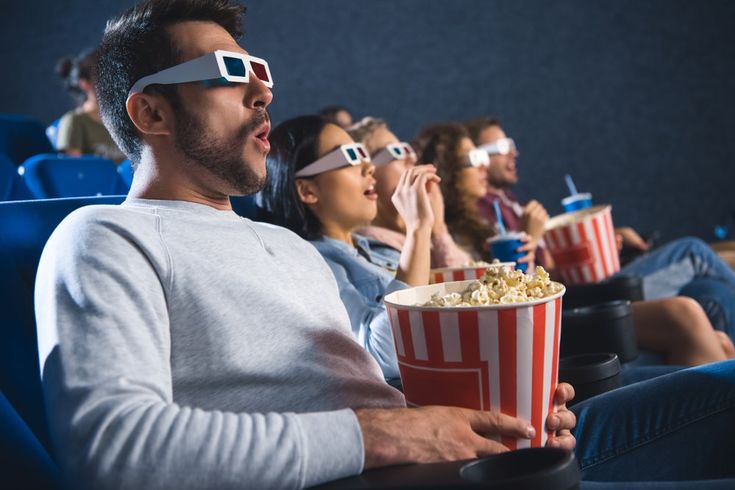
source: pinterest
What is 3D Cinema?
3D cinema has revolutionized the way we perceive movies by adding an extra dimension of depth. Traditional films are presented in a two-dimensional format, but 3D movie utilizes special technologies to create an illusion of depth, making the visuals pop off the screen. This immersive experience is achieved by using two projectors or polarized glasses to project different images to each eye, creating a sense of depth perception.
Key Features of 3D cinema
- Illusion of depth: Through the use of specially filmed or digitally rendered content, 3D cinema brings objects and scenes to life by simulating depth and dimension.
- Enhanced visual spectacle: The visual effects and vibrant colors provided by 3D technology captivate the audience, making the movie-watching experience more engaging and exciting.
- Immersive storytelling: By adding depth and realism to the visuals, 3D cinema allows the audience to feel more connected to the story and its characters.
It’s important to note that for proper viewing, audiences are required to wear 3D glasses. These glasses separate the left and right eye’s image presentation, ensuring that each eye receives the correct perspective and depth information.
What is 4D?
What is 4D Cinema?
While 3D cinema excels at creating visual depth, 4D cinema takes the movie-watching experience to a whole new level by incorporating sensory effects and physical sensations. In addition to the visual elements of 3D cinema, 4D movie engages other senses, such as touch, smell, and motion, to provide a more immersive and interactive experience.
Key Features of 4D Cinema
- Motion seats: 4D theaters feature seats that are synchronized with the on-screen action, adding a dynamic element to the experience. These motion seats can move, vibrate, and tilt in response to the actions happening on the screen, allowing the audience to feel like they are a part of the movie.
- Environmental effects: In 4D cinema, environmental effects like wind, rain, and fog are introduced to further enhance the realism and immersion. For example, if a movie features a scene with rain, the audience may feel water droplets and a slight mist in the theater.
- Other sensory effects: 4D cinema incorporates a range of sensory effects, such as scents and special effects like bubbles or strobe lights, to heighten the audience’s sensory engagement and bring the movie world to life.
These additional sensory elements work in synergy with the 3D visuals to create a multi-dimensional experience where the audience not only sees the story unfold but also feels and experiences it firsthand.
What is 5D?
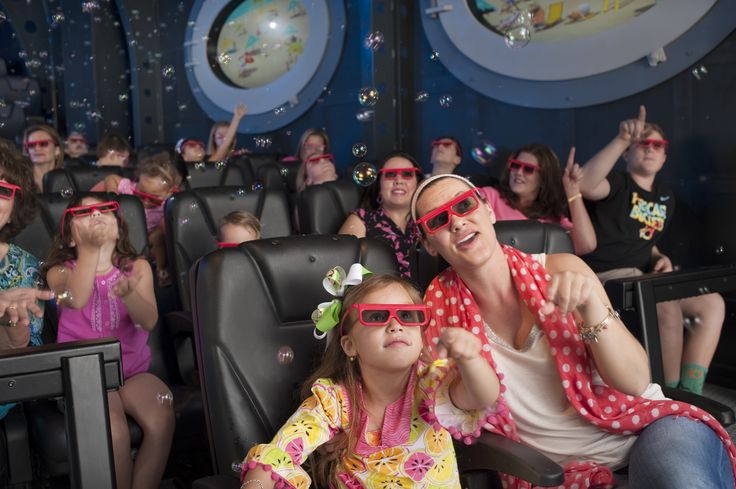
source: pinterest
What is 5D Cinema?
5D cinema takes the immersive experience to new heights by integrating even more sensory effects and interactive elements. Building upon the foundation of 3D and 4D cinema, this technology aims to transport the audience into the heart of the movie, engaging all their senses and making them active participants in the on-screen action.
Key Features of 5D Cinema
- Seat effects: Similarly to 4D cinema, 5D cinema incorporates motion seats that synchronize with the movie’s action. These seats can move not only in a tilting or vibrating manner but also simulate effects like jolts or sudden drops, further intensifying the audience’s involvement.
- Physical effects: Going beyond environmental effects, 5D cinema introduces additional physical elements to the theater. This can include effects like water sprays, gusts of air, or even the sensation of being poked or tapped from the back of the seat.
- Interactivity: 5D cinema often incorporates interactive elements that allow the audience to participate in the movie. This can range from shooting games where the viewers can interact with the movie using a handheld device to interactive displays that respond to the audience’s touch and gestures.
By combining immersive visuals, environmental effects, dynamic seats, and interactive components, 5D cinema provides an unparalleled level of engagement, making the audience truly feel like they are a part of the movie world.
What is 6D?
What is 6D Cinema?
6D cinema represents yet another step forward in the evolution of immersive movie-watching experiences. With advancements in technology, this form of cinema offers a heightened level of interactivity and engagement, blurring the lines between the audience and the on-screen world.
Key Features of 6D Cinema
- Interactive involvement: 6D cinema goes beyond passive viewing by introducing interactive elements that enable audience participation. This can include game-like features where viewers can interact with the movie, such as shooting targets or making choices that affect the storyline.
- Enhanced sensory effects: In addition to the visual and audio enhancements of traditional cinema, 6D cinema incorporates a variety of sensory effects to further immerse the audience. These effects can include seat vibrations synced with action scenes, wind gusts, temperature changes, or even the release of scents to create a multi-sensory experience.
- Cutting-edge technology: 6D cinema relies on advanced technologies such as motion tracking and virtual reality to create a seamless integration between the real and virtual worlds. This allows the audience to feel like they are part of the movie, interacting with characters and environments in a way that was previously unimaginable.
By creating a truly interactive and sensory-rich experience, 6D cinema takes movie-watching to a whole new level, allowing viewers to actively engage with the narrative and become integral parts of the on-screen adventure.
What is 7D?

What is 7D Cinema?
7D cinema elevates the movie-watching experience by introducing even more dynamic and engaging elements. With its immersive effects and specialized seat movements, 7D cinema aims to provide viewers with an adrenaline-pumping and thrilling journey.
Key Features of 7D Cinema
- Seat effects: In 7D cinema, the seats are equipped with various built-in effects to heighten the experience. These effects can include leg ticklers, back pokers, or even water sprays, adding an additional layer of realism and excitement.
- Synchronized seat movements: Unlike previous cinema technologies, 7D cinema incorporates highly synchronized seat movements that are perfectly timed with the on-screen action. This synchronization enhances the feeling of being part of the movie and intensifies the immersion for the audience.
- Enhanced special effects: 7D cinema goes beyond traditional visual and auditory effects by introducing a wide range of special effects. These can include smoke, fog, bubbles, or even snow that falls inside the theater, creating a truly engaging and interactive atmosphere.
Through its innovative seat effects, synchronized movements, and captivating special effects, 7D cinema offers a thrilling movie-watching experience that truly transports viewers into the heart of the action.
What is 8D?
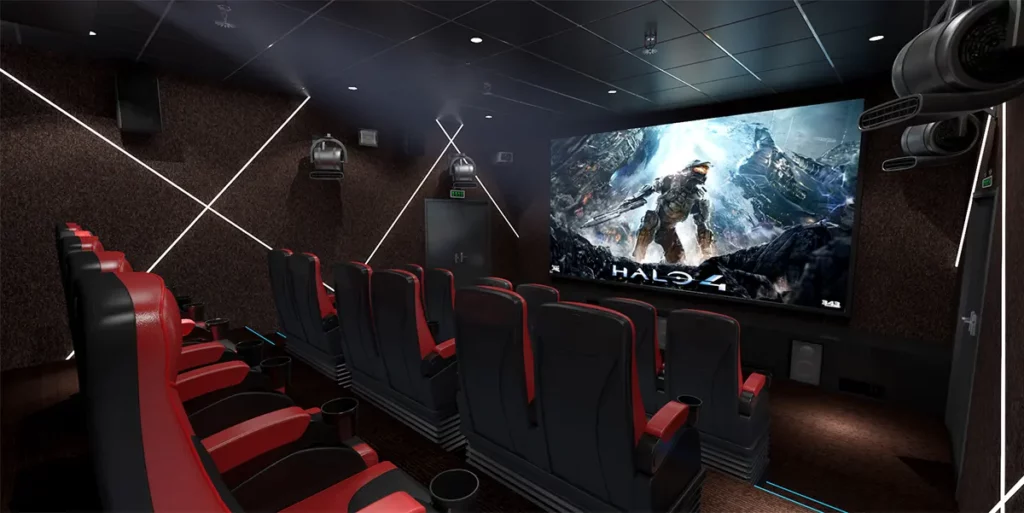
What is 8D Cinema?
8D cinema takes the immersive movie-watching experience to a whole new level with its integration of advanced technologies and sensory enhancements. With dynamic seats and virtual reality elements, 8D cinema offers an unparalleled level of realism and immersion.
Key Features of 8D Cinema
- 360-degree rotating seats: One of the major highlights of 8D cinema is the inclusion of seats that can rotate a full 360 degrees. This allows the audience to be fully immersed in every angle and perspective of the movie, enhancing the sense of being part of the on-screen action.
- Virtual reality (VR): 8D cinema often incorporates virtual reality elements that transport viewers into a digitally rendered world. By wearing VR headsets, the audience experiences a completely immersive environment that blurs the line between reality and the virtual world depicted on-screen.
- Enhanced visual and auditory technologies: With advancements in visual and auditory technologies, 8D cinema offers a visually stunning and acoustically captivating experience. High-resolution screens and state-of-the-art sound systems provide a heightened sense of realism, making viewers feel as if they are right in the middle of the movie.
Through the combination of rotating seats, virtual reality, and cutting-edge technologies, 8D cinema aims to provide an unforgettable and fully immersive movie-watching experience.
What is 9D?
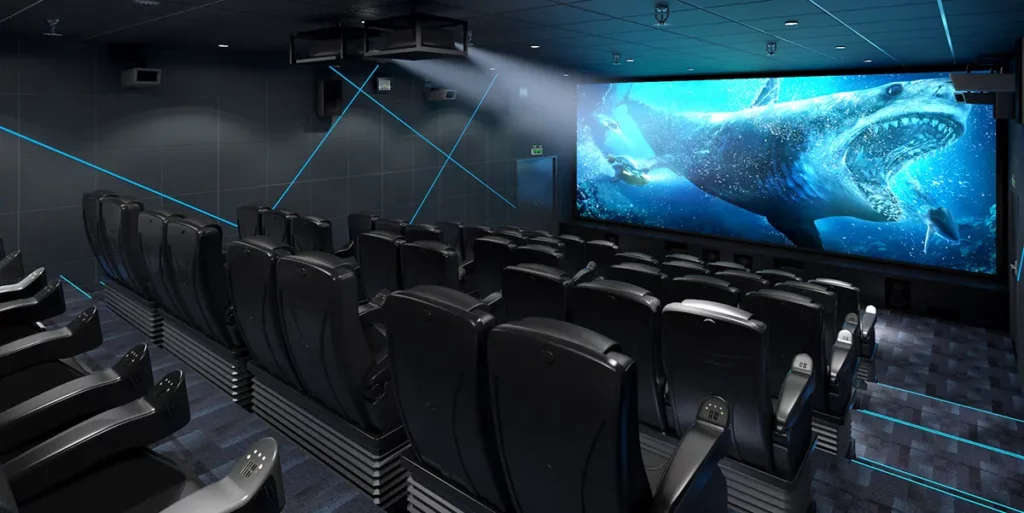
What is 9D Cinema?
9D cinema pushes the boundaries of immersion and realism, creating an unparalleled movie-watching experience. With its integration of multiple sensory effects and advanced technologies, 9D cinema aims to transport viewers into a world where they can truly feel and experience the movie.
Key Features of 9D Cinema
- Multi-sensory effects: 9D cinema incorporates a wide range of sensory effects to engage the audience on multiple levels. These can include wind, rain, snow, vibrations, and even scents that are synchronized with the on-screen action. This creates a truly immersive and sensory-rich experience that stimulates various senses simultaneously.
- Environmental simulation: 9D cinema takes environmental effects to a whole new level. From simulating extreme weather conditions to recreating the feeling of being in different locations or time periods, these environmental simulations create a realistic and captivating movie experience.
- Heightened realism: Advanced technologies employed in 9D cinema, such as high-definition visuals, immersive sound systems, and interactive elements, contribute to an unparalleled level of realism. Viewers are transported into a world where they can fully engage with the storyline and feel as though they are an integral part of it.
By incorporating multiple sensory effects, realistic environmental simulations, and advanced technologies, 9D cinema pushes the boundaries of immersion, making viewers feel like they are truly living within the movie itself.
What is XD?

source: pinterest
What is XD Cinema?
XD (Extreme Digital) cinema is a premium cinema experience that takes traditional movie-watching to a whole new level by using advanced visual and auditory technologies. With its specially designed auditoriums and enhanced sensory immersion, XD cinema provides an unparalleled cinematic experience.
Key Features of XD Cinema
- Advanced visual technologies: XD cinema utilizes cutting-edge projection systems to deliver crisp, high-resolution visuals that immerse the audience in stunning detail. This can include technologies like IMAX or Dolby Vision, which offer enhanced brightness, contrast, and color accuracy.
- Immersive sound systems: XD cinema features state-of-the-art sound systems, such as Dolby Atmos or DTS:X, that go beyond traditional surround sound. These systems create a three-dimensional audio experience, allowing viewers to feel fully enveloped in the movie’s soundtrack, with sounds coming from all directions.
- Specially designed auditoriums: XD cinema theaters are specifically designed to enhance the movie-watching experience. They often feature larger screens, comfortable seating, and optimized viewing angles, ensuring that viewers have the best possible vantage point.
XD cinema provides a premium movie-watching experience that combines advanced visual and auditory technologies with purpose-built auditoriums. This creates an immersive and captivating environment where viewers can truly lose themselves in the world of the movie.
Conclusion
In conclusion, the world of cinema has evolved tremendously with the introduction of various cinema technologies such as 3D, 4D, 5D, 6D, 7D, 8D, 9D, and XD cinema. Each technology brings unique enhancements that aim to immerse the audience in the movie-watching experience. From the illusion of depth in 3D cinema to the multi-sensory effects of 5D cinema, the synchronized seat movements of 7D cinema, the virtual reality elements of 8D cinema, and the heightened realism of 9D cinema, each technology offers a distinct and captivating experience.
Understanding the differences between these cinema technologies allows us to choose the most suitable cinematic experience for our preferences. Whether you desire an adrenaline-pumping adventure or a deep dive into virtual worlds, exploring these various cinema technologies opens up a world of possibilities for an unforgettable movie-watching experience.

